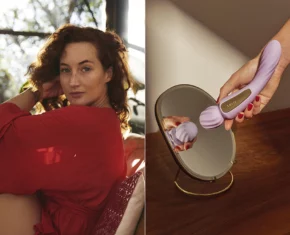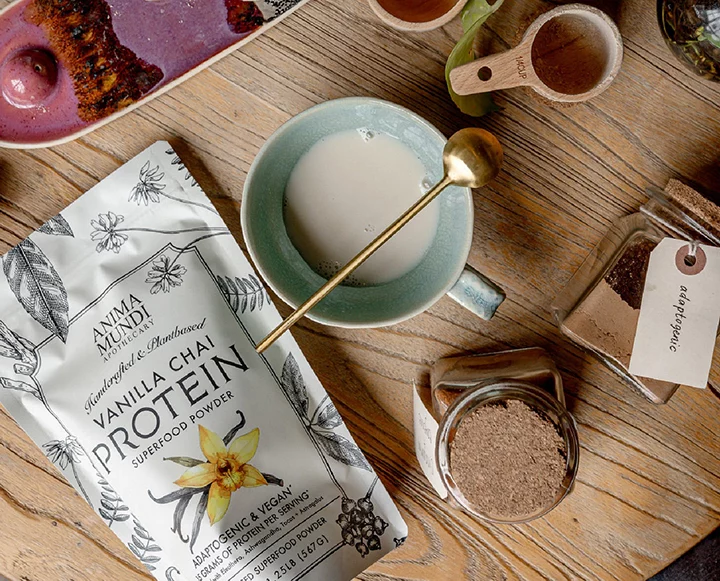Chef Victor Scargle of Lucy at Bardessono pulls ingredients for his Napa diners straight from the garden outside his kitchen. Year round, this geographically-blessed restaurant is able to grow almost eighty percent of it’s own ingredients, from vegetables to fruits and herbs.
We asked the chef, who includes gardening as part of his normal kitchen prep each day, to let us in on a few insights for gardening at home. Get your green thumb on with these perfect tips for beginners, then whip up this “freshly dug” carrot salad with the fruits of your own labor…
Chef Victor Scargle’s 5 Steps To Start A Home Garden
Pick a Purpose
When starting a garden, the first step in determining what to plant is figuring out what the main purpose of the garden will be: production or beauty?
Choose your plants
From there, you can develop a game plan for what you are going to plant. Important factors to take into consideration are how much space you have to work with (planter box, raised bed, etc.), what challenges the climate might present and if there are any animals or other predators you may have to battle.
For planter boxes, I’d recommend growing things like carrots, herbs, lettuces, spinach and kale (Red Russian kale). Lettuces, spinach and kale are really great because you can get about 4-5 cuttings before needing to replace the plant.
Ingredients like beets and peas grow better in larger spaces, such as a raised bed in the corner of your backyard.
Primp your soil
The next step is to make sure the soil is properly set. I recommend building the foundation of your garden with an organic compost like Mango Mulch Organic Compost (this works especially well with planter boxes). Then from there, you can incorporate an organic fertilizer (like a Cal Organics 757 fertilizer) every time you add new plants. Depending on where you are, organic compost and fertilizers may vary, so ask your local nursery for recommendations.
Source your seeds
Make sure your source for seeds and plants is solid. I recommend certified organic, untreated seeds. You can either start with seedlings or seed savers. Seedlings are basically young plants made from untreated seeds. They are particularly great for places in cold climates because they have a head start on the growing process. We source ours from Upstart Organic Seedlings. If you’re starting with seeds, we recommend sourcing untreated seed savers to ensure that there is no time wasted with seeds that are unhealthy.
Go Garden!
Garden upkeep is crucial; take the time to properly maintain the garden to ensure it consistently thrives – make the garden work to your advantage!
Freshly Dug Carrot Salad
Ingredients:
¼ bunch each: baby purple, white, yellow and orange carrots (peeled, washed and tops trimmed – save tops, leaving just a little green)
1/4 bunch French round carrots (peeled, washed and quartered)
4 cups grapeseed oil
½ tsp fennel seed
½ tsp coriander seed
2 bay leaves
2 sprigs parsley
1 Tbsp lemon grapeseed oil (substitute: a neutral oil like vegetable and add lemon zest)
1 Tbsp black lava salt (substitute: grey or Maldon salt)
Directions:
Warm grapeseed oil with fennel seed, coriander seed, bay leaves and parsley wrapped in cheese cloth. Add carrots and cook until tender. Remove and cool immediately.
Combine Dijon mustard, Meyer lemon juice, champagne vinegar, and salt and pepper. Blend well until all ingredients are incorporated. Drizzle in shallot oil. As dressing begins to thicken, add a little water for consistency. Set aside.
Peel carrots into long strands and fry at 300 degrees in neutral oil. Remove and allow to dry on paper towels.
To plate:
Toss carrots in Dijon dressing. Spread out on plate to highlight the different colors. Garnish with carrot tops tossed in lemon grapeseed oil and fried carrots. Finish with salt.
Recipe by Executive Chef Victor Scargle of Lucy Restaurant and Bar at Bardessono.













